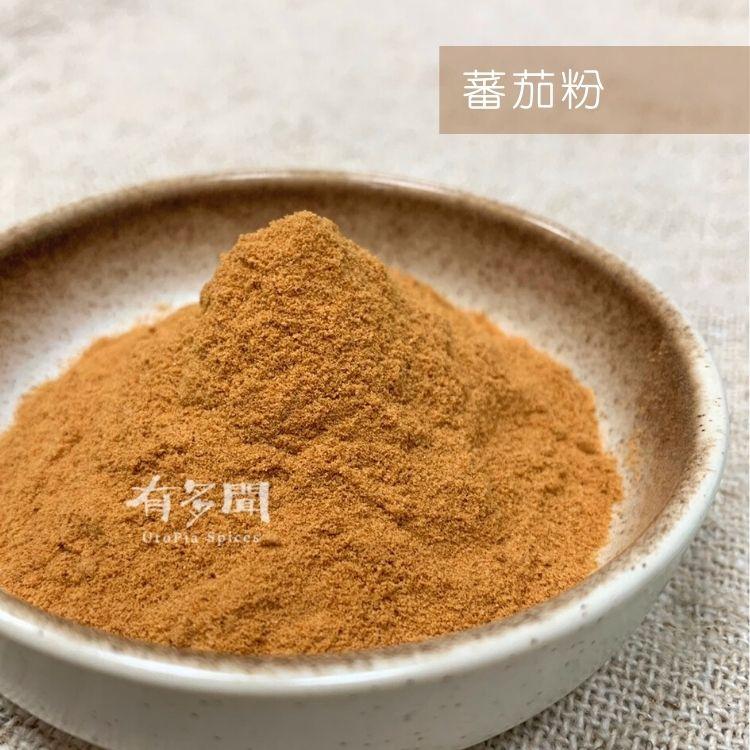
Feature:
Guizhi are usually the young branches and twigs of the cassia tree.
Its color is generally light brown to reddish brown.
Taste and smell:
The flavor is sweeter and warmer, similar to cinnamon but with a slight spiciness.
The scent is warm, woody and sweet.
Origin:
Vietnam
Cooking dishes:
Stews and soups: In Chinese cuisine, cinnamon twigs are often used in stews and soups.
Baking and Desserts: Although less common, cinnamon twigs can also be used in baking and desserts.
Applicable dishes:
Braised beef, Huadiao drunken shrimp, cinnamon tea eggs, cinnamon yam chicken soup, herbal stewed mutton stove, angelica duck, three cups of chicken, chestnut braised pork, ginseng chicken soup, braised peanuts and pig’s feet









